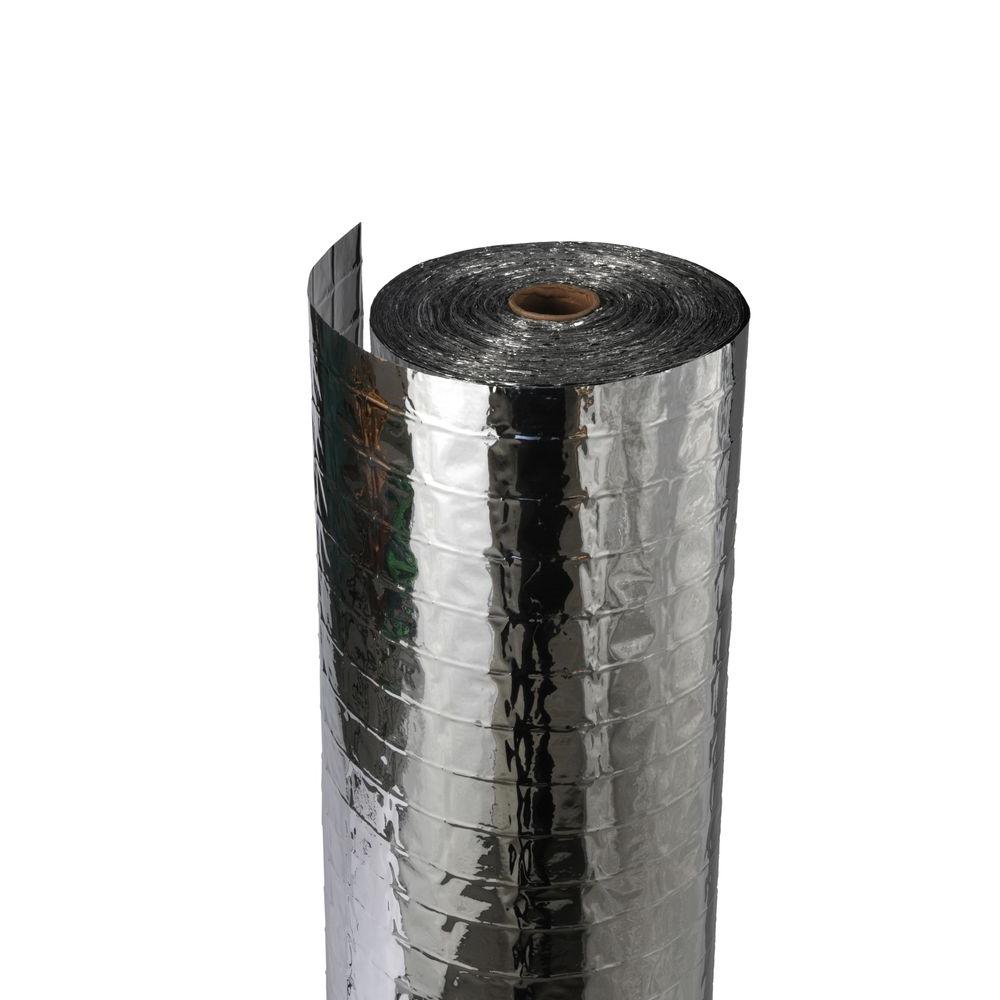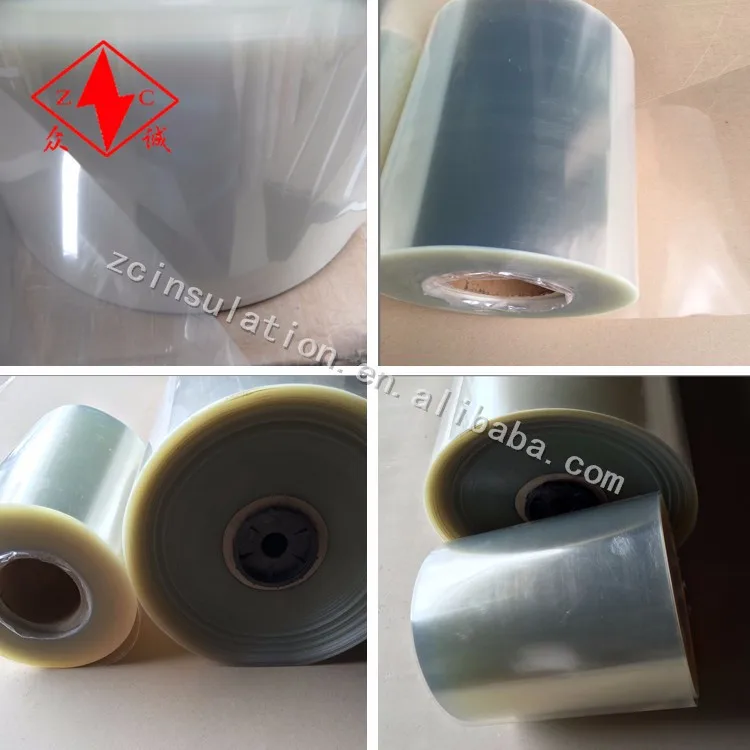

This will over time decrease the performance of the radiant barrier, so maybe best to set your alarm for once every 6 months to go up and wipe off all that dust.Īnother application for the radiant barrier in your attic could be to the underside of your rafters. Another downside to this application is the buildup of dust over the reflective foil on the upside. Perforations the size of at least 5 perms are recommended here. This could over time cause mold build upon the underside of the reflective insulation or the glass wool / mineral wool insulation. However, there are some precautions to take as per the Reflective Insulation Manufacturers Association International whereby they advise that perforations be installed into the reflective insulation to allow for the movement of air and vapors that may get trapped between the reflective insulation and the ceiling. The most common application here is laying the insulation radiant barrier over the glass wool or mineral wool insulation.

Other insulation types like Polyisocyanurate insulation (Polyiso / PIR) also have a foil face and again this is purely as a reflective barrier and will act similarly to radiant barriers. Radiant barrier can also be applied to insulation during the manufacturing process you will notice some companies such as Owens Corning / CertainTeed / Johns Manville etc all fabricate a foil-faced glass wool insulation. It is also possible to use a white shingle tile or a reflective tile on your roof which will perform quite well to reflect the heat outwards but will not perform as well as a radiant barrier will and also a white shingle or reflective roof is not always aesthetically pleasing to the eye. By installing the reflective radiant barrier it will reflect this heat outwards thus keeping the inside room temperature at a comfortable level. This will, in turn, heat up the OSB underneath which will also in turn heat up the under-roof side of the OSB thus heating up the attic space. Well first of all if you do not use one in your roof space what will happen is your shingles will get very hot on the outside from the beating sun which will, in turn, warm up the underside of the shingles. So what happens when you put a radiant barrier into your roof. Radiant barriers will perform equally well in hot and cold climates.Īs radiant barriers reflect radiant heat and do not carry an r-value they can also be called up as thermal/heat insulation. A radiant barrier generally does not carry an R-value as its resisting heat or restricting heat flow it reflects radiant heat. Instead, the radiant barrier will use its reflective surface to reflect radiant heat, this works when you have a cold surface on one side and a warm surface on the other side. Radiant barriers do not perform in the same way in which standard glass wool or mineral wool batt insulation would work. Radiant barriers are also known as radiant insulation that reflects the transfer of heat by the way of thermal radiation. What is in store with radiant barrier insulation?


 0 kommentar(er)
0 kommentar(er)
